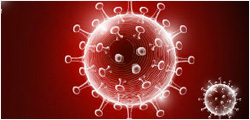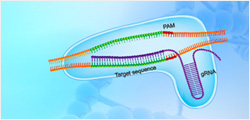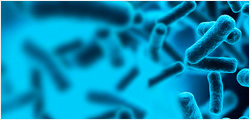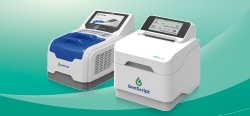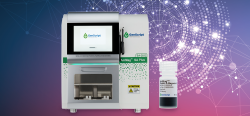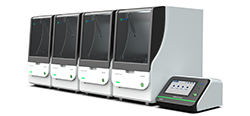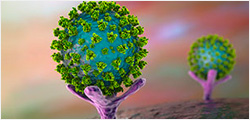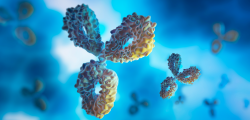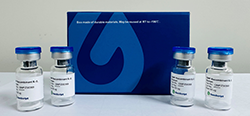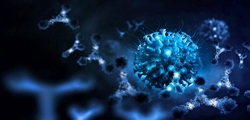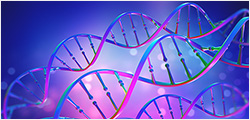| Species |
Mouse |
| Protein Construction |
Noggin (Leu20-Cys232)
Accession # P97466 |
|
| Purity |
> 95% as analyzed by SDS-PAGE |
| Endotoxin Level |
< 0.2 EU/μg of protein by gel clotting method |
| Biological Activity |
ED50 < 60.0 ng/ml, measured in a bioassay using ATDC5 cells in the presence of 10.0 ng/ml human BMP-4. |
| Expression System |
CHO |
| Apparent Molecular Weight |
29~31 kDa, on SDS-PAGE under reducing conditions. |
| Formulation |
Lyophilized after extensive dialysis against PBS. |
| Reconstitution |
It is recommended that this vial be briefly centrifuged prior to opening to bring the contents to the bottom. Reconstitute the lyophilized powder in ddH?O or PBS up to 100 μg/ml. |
| Storage & Stability |
Upon receiving, this product remains stable for up to 6 months at lower than -70°C. Upon reconstitution, the product should be stable for up to 1 week at 4°C or up to 3 months at -20°C. For long term storage it is recommended that a carrier protein (example 0.1% BSA) be added. Avoid repeated freeze-thaw cycles. |

ED??< 60 ng/ml, measured in a bioassay using ATDC5 cells in the presence of 10 ng/ml human BMP-4.
| Target Background |
Noggin, also known as NOG, is a homodimeric glycoprotein that bindsto and modulates the activity of TGF-beta family ligands. It is expressed in condensing cartilage and immature chondrocytes. Noggin antagonizes bone morphogenetic protein (BMP) activities by blocking epitopes on BMPs needed for binding to their receptors. Noggin has been shown to be involved in many developmental processes, such as neural tube formation and joint formation. During development, Noggin diffuses through extracellular matrices and forms morphogenic gradients, regulating cellular responses dependent on the local concentration of the signaling molecule. |
| Synonyms |
NOG; SYM1; SYNS1; SYNS1A; noggin |
For laboratory research use only. Direct human use, including taking orally and injection and clinical use are forbidden.
